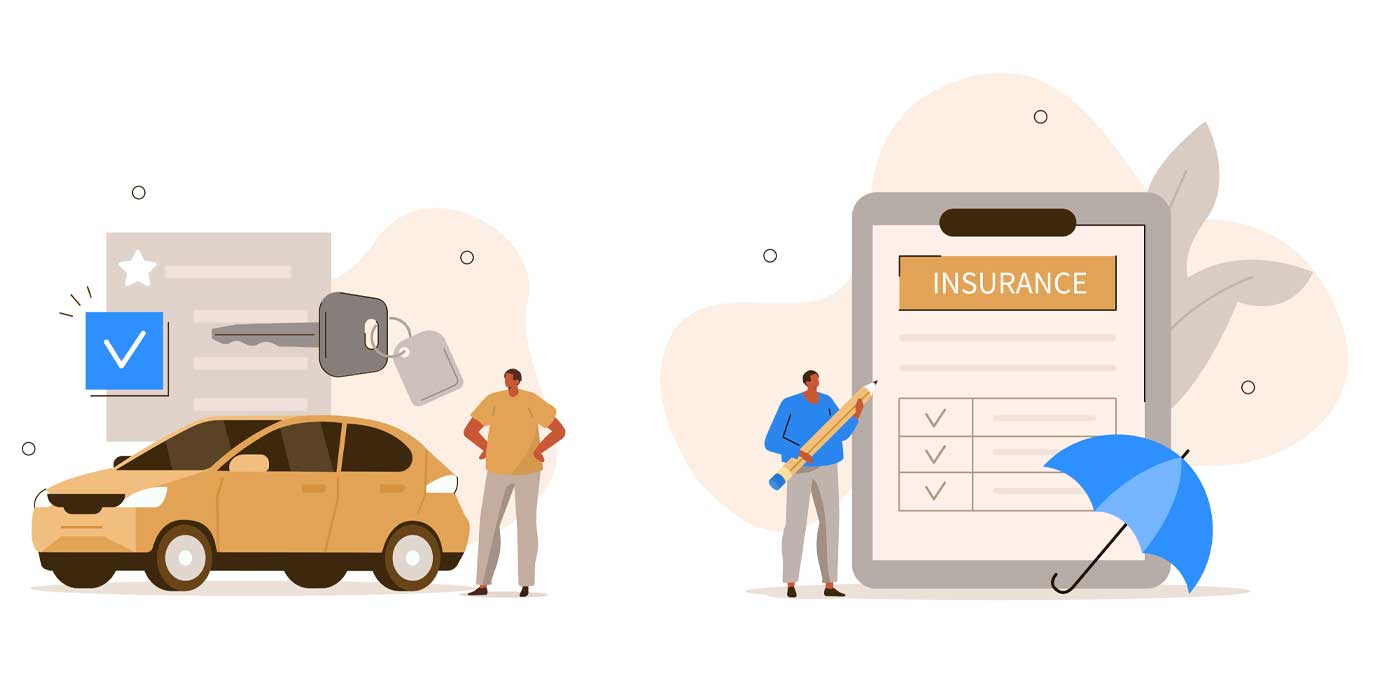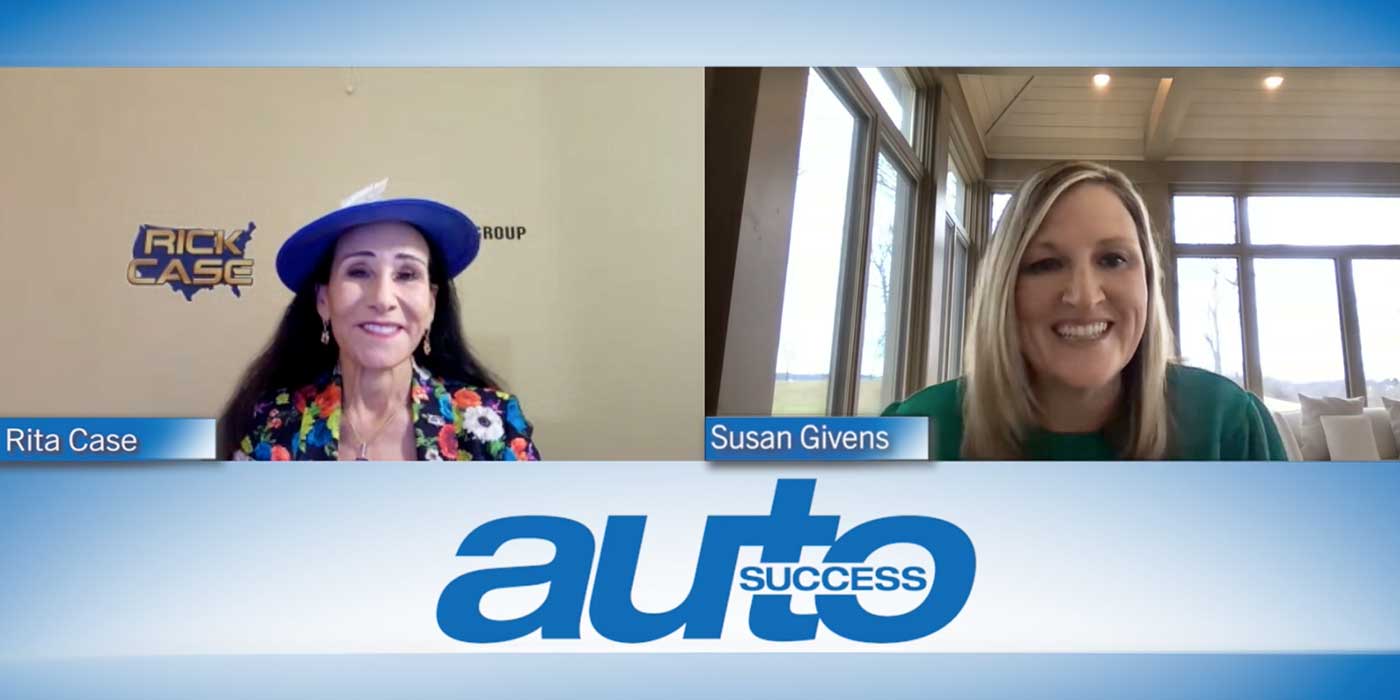As we began 2020, the “hard market” was taking hold of the insurance industry for the following areas:
• Auto Liability
• Property
• Inventory/DOL
• Umbrella/Excess
The driving forces behind changes in the market are always the same: claims and capacity.
Pricing begins to skyrocket due to the industry’s overall claims experience with the root cause found in both litigation trends and poor underwriting practices by insurers. As the effects worsen, reinsurers become reluctant to fund certain classes of business and then capacity becomes an issue.
Add to the 2020 mix the restrictions imposed by the pandemic and the subsequent drop in revenues, and we truly have a situation where premiums are escalating far beyond what is anticipated or budgeted.
So, how do we control costs in a “hard market”? The answer lies in your ability to control losses. Controlling claims means you can absorb more of the risk — fewer claims, lower risk. This provides the opportunity to select higher deductibles, which means lower premiums.
Let’s look at some of these programs that can provide lower insurance costs.
For solid performers, our suggestion is to explore loss-sensitive plans such as high-deductible programs, retention and/or retro plans and the ultimate in long-term solutions — captive programs.
I emphasize the latter because when the insurance world turns upside down, the more you can “stand on your own,” the better. Understanding, however, that your performance must be extraordinary… you need to be the “best of the best.”
Becoming a member of a captive allows you a look “behind the curtain” of the insurance world with insight into how the money flows and what makes insurance companies profitable or unprofitable. You become a part of the decision-making process and are often afforded a seat on the Board of Directors of your insurance company.
The first object lesson will be a full understanding of premiums. For every dollar of premium, we have an administrative portion — this is normally just under 40% and is the cost of running the insurance company.
Next, we have the claims fund — typically just over 60% of the premium. The claims fund is the money with which the carrier pays claims. This is the money that is “at-risk” with an insurance policy.
Understand that claims funds are invested in a portfolio that provides investment income while awaiting potential disbursement. Because liability and workers compensation claims tend to have a long “tail” (it can take three to five years for them to fully expense), there can be considerable income realized from the investment portfolio. This is an important revenue stream insurance companies use to offset losses and overall expenses.
Typically, when the claims and the expense portions equal 102% to 107%, known as the combined loss ratio, the insurance carrier has had a profitable year. Over that level and they raise premiums; under that and they “loosen” underwriting guidelines, perhaps with lower premiums and/or more aggressive acceptance of risks.
Inside the expense portion of the premium, we find the reinsurance and administrative costs. Here is a normal breakdown: Total Expenses, 39% which includes Pure Insurance Costs, 23% (Fronting Cost, 6%; Specific Reinsurance, 14%; Aggregate, 3%). Other Administrative Costs, 16% (Claims Handling, Loss Control, Accounting Fees, Actuarial Costs, Legal Fees, Management Costs, Salaries, etc.).
So, the actual cost of insurance is 23%. Because the cost of the “front,” the paper provided by the carrier, is fairly standard at 6-7%, the only fluctuating portion is the reinsurance — the specific and the aggregate. These are the portions that are “insurance market-driven” and may vary from year to year.
At renewal time — even if the market hardens and capacity becomes an issue — the 10% or 15% increase will apply only to the pure cost of insurance. Not, the “other administrative costs” and certainly not the “claims fund.” The result is much different than the 10% to 15% increase on the total premium presented by the marketplace.
If a dealership can control their claims, captives provide the opportunity to recover a huge portion of the claims fund plus the investment income.
Sometimes, you need to explore alternatives outside the standard market providers when looking for insurance solutions.
When controlling expenses in a hardening market, you need to look at all options — and discover captives.














